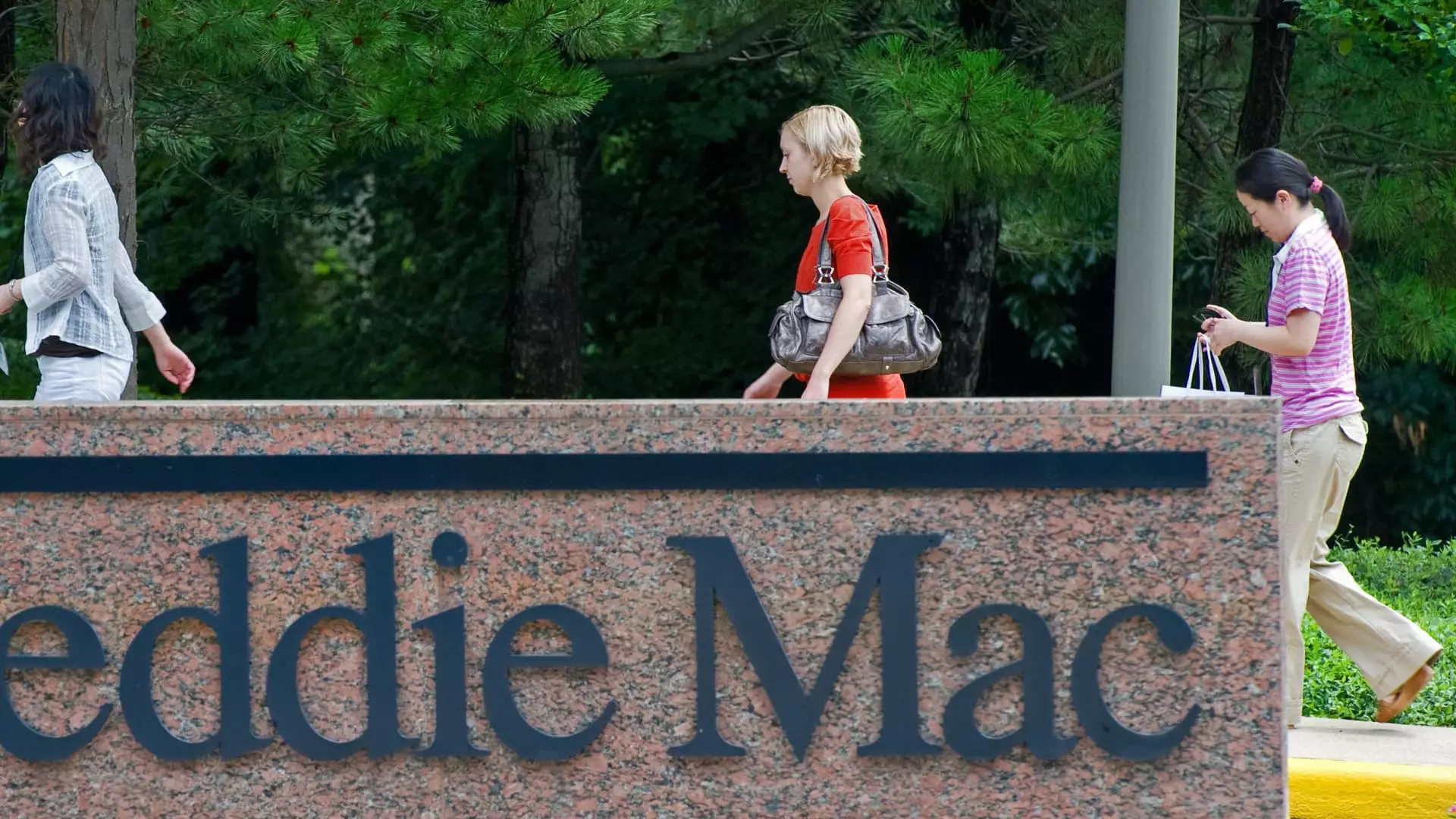The future of Fannie Mae and Freddie Mac, the two eminent government-sponsored enterprises (GSEs) that play a pivotal role in the American housing market, is once again under scrutiny. With the prospect of privatization being considered anew during President Donald Trump’s current term, it is essential to analyze the potential ramifications of such a shift. The discussion centers around the balance between freeing these enterprises from government conservatorship and the economic consequences that could arise from this action.
Since their controversial collapse during the financial crisis of 2008, Fannie Mae and Freddie Mac have operated under conservatorship, overseen by the Federal Housing Finance Agency (FHFA). The objective was to stabilize these crucial entities and shield the broader financial system from the fallout caused by risky mortgage practices prevalent before the crisis. This oversight limited their ability to retain profits and forced them to focus on maintaining housing market stability as opposed to maximizing returns.
Critics argue that while this approach has its advantages, it has effectively transformed these private entities into government utilities, limiting their competitiveness and efficiency. Opponents of the current conservatorship contend that Fannie and Freddie ought to be returned to full private sector operations to invigorate the housing market. Yet, this transition is not without potential pitfalls, prompting intense debate among economists and housing policy experts.
The prospect of selling off Fannie Mae and Freddie Mac into the private sector raises serious questions. Economists worry that privatization could lead to higher mortgage rates, making home buying less accessible for average Americans. Mark Zandi, chief economist at Moody’s Analytics, points out that should privatization occur without adequate government oversight, the inherent risk to investors would likely necessitate higher interest rates on mortgage-backed securities. This could trigger a chain reaction, causing mortgage rates to rise across the board.
Such an environment poses a dilemma for both homebuyers and investors. As borrowing costs increase, there is a risk that potential homeowners may opt to rent rather than purchase property. Additionally, those already in the housing market with fixed mortgage rates may find their homes’ value affected through broader economic shifts, culminating in reduced equity for many families.
The current political climate also complicates any potential changes to the status of Fannie Mae and Freddie Mac. Despite the heated discussions surrounding their privatization, President Trump has exercised caution in committing to an aggressive change. Rather, it appears the administration is weighing the logistical and legal ramifications along with the potential impacts on the economy.
Key figures, including the new Secretary of Housing and Urban Development, have signaled that they view privatization as a priority. However, experts like Susan Wachter of The Wharton School emphasize that the transition is fraught with risks and uncertainties. The intricacies of coordinating a massive market shift among multiple stakeholders—ranging from the U.S. Treasury to private shareholders—complicate any forward movement.
Consequently, the timeline for potential privatization remains uncertain, with estimates suggesting that if the administration ultimately opts for this course, it could take years to fully renegotiate arrangements that alleviate government ownership constraints on these mortgage giants.
As Fannie Mae and Freddie Mac are crucial players in providing liquidity and stability to the mortgage market, their stability directly influences homeownership rates across the U.S. The National Association of Realtors reports that in recent years, there has been a marked shift towards cash purchases for homes, reaching 26% in 2024—a notable increase. This statistic underscores the growing challenges for buyers relying on financing.
If the market experiences heightened rates due to privatization, the outlook for first-time and lower-income homebuyers becomes bleak. The increased cost of borrowing could further entrench prospective buyers in a cycle of high rent and unattainable homeownership dreams, pushing housing further out of reach for many.
As discussions unfold regarding the fate of Fannie Mae and Freddie Mac, the concepts of government support versus free-market principles will continue to converge in complex ways. While the aim may be to revitalize the housing sector and spur economic growth, the ramifications of hasty privatization could lead to turbulence across both financial and housing markets. Thus, any policymaking around these GSEs should proceed with caution, ensuring it safeguards against the dangers of history repeating itself while adapting to a changing economic landscape that prioritizes equitable access to homeownership.
In a world where housing remains a significant pillar of the American dream, understanding the intricacies of Fannie Mae and Freddie Mac’s future will be crucial for stakeholders at all levels. Policy decisions made in the coming years will undoubtedly have lasting implications for both the housing market and the broader economy.

